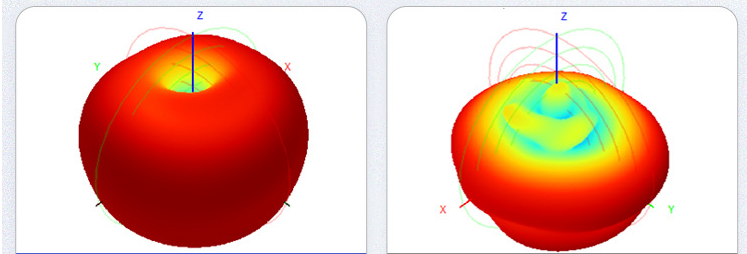Solving PCB Antenna Interference Issues
Solving PCB Antenna Interference Issues

Introduction:
At present, printed circuit board (PCB) antennas are widely used in RF wireless communications, which have become an essential part of electronic products. However, the performance of the antennas is easily affected by various reasons such as electromagnetic interference (EMI), radiation interference, and noise interference. In order to improve the transmission and reception performance of PCB antennas, it is necessary to explore the causes of interference and find solutions to minimize the effect.
Analysis:
EMI can intrude into wireless equipment through different ways, which includes harmonics, voltage peaks, power supplies, ground loops, and digital signal interference. Any type of interference that produces a strong electromagnetic field can trigger noise in the antenna. Radiation interference might derive from other devices or equipment around the wireless signal circuit design. Eventually, strong radio signal interferences will generate noise and cripple the signal in the worst case. Noise-based interference consecutively results from environmental influences, including the proximity of the signal source to other magnetic or Radio Frequency (RF) materials.
Solutions:
1. Shielding:
PCB antennas could suffer from EMI and radiation interferences due to a lack of effective circuits. One of the most popular methods to reduce and shield against EMI and radiation interference is using a protective shield, a metal enclosure to cover the antenna or other sensitive components in the wireless circuit.
2. Grounding:
Grounding is an essential consideration when designing PCB antennas. By connecting the shield of the coaxial cable to the equipment enclosure through a ground wire, residual current will discharge harmlessly if any interference occurs, and it will reduce the probability of EMI and radiation interference.
3. Frequency:
It is advisable to design PCB antennas operating at the reliable frequency range that won’t surpass common frequencies such as that used by cellphones, Wi-Fi, and Bluetooth devices. More so, it is good to avoid narrowing or expanding the frequency of operation to prevent interference.
4. Orientation:
PCB antennas must be located and installed vertically to reduce the incidence of interference. Declination or close proximity to other devices, materials, or equipment might lead to noise-based interference.
Conclusion:
Generally speaking, PCB antennas are a crucial element in wireless communication. Selecting a proper antenna design, working frequency and shielding strategy is key to avoiding interference. Thus, to resolve any PCB-based antenna interference issues, implementing several strategies such as shielding, grounding, frequency, and orientation as discussed above, will ensure optimal performance.





